"Proshchay Moskva" (Farewell Moscow)
It was strange and surreal to observe the goings on back home in the US, but what was even stranger was the fact that the Russians barely commented about politics, or even about Trump. You’d think that with the supposed “Bro-mance” between he and Putin, that we would have seen plenty of homeges to "The Donald," but the fact was, other than a few cheesy souvenirs, he barely registered in the minds of every day Russians.
After breakfast, Dave, Tim and myself started our day by trekking across a bridge that crossed from our hotel across the Moscow River and then visiting the Europa Mall one last time to do some shopping. It was a nice day allthough still cold and we checked out the bridge and some of the other structures before entering the mall. Tim had wanted to pick up a Russian themed T-shirt for a co-worker, and so we initially scoured the many clothing stores to see if we could find one. The stores were decidedly more high-end and commercial than would suit our purposes and we couldn’t find anything similar to the souvenir items we had seen on Arbat Street.
While we were inside the mall, we also decided on some last minute shopping for Russian vodka and other local delicacies. Down on the lower level of the mall was a full sized grocery store, and we went in to do some shopping and discover even more about how the average Muskovite lives.
Far from the Soviet era images of sparsely stocked shelves and babushkas clutching ration books, the store was modern, well stocked, and as artfully merchandised as any western chain. A staple of the Russian diet, we saw a fully loaded “pickled bar” with everything from carrots, to garlic, to onions, and of course, cabbage on display. Also evident was the Russian reliance on fish as part of their sustenance, and we saw fish available as pre-packaged, fresh-frozen . . . or even live!!
I picked up some Russian chocolates and two bottles of Vodka, one from Siberia, and then another more expensive bottle of Kremlin Award, and we headed back to the hotel and started packing for the trip home ahead of Vlade’s arrival.
The security here was tighter than any we had encountered outside of the airport. Besides having to empty or pockets, and go through a metal detector, we also had to produce our passports which were run through a scanner. Throughout the history of the tower, it had suffered numerous fires and, although none of them were the result of terrorism, the Russians weren’t going to take any chances.
After passing through the security screening, we boarded an elevator, which took us to the observation deck at a rate of 3 meters per second. This was far slower than the normal 7 meters per second that it usually ran at, but the wind was blowing slightly stronger today and so the rate of ascent was dialed back.
We arrived at the observation deck and were treated to a stunning view of the city of Moscow. If you ‘d like to stroll around with me, click right here.
Nice view huh? Well if you like that, how about walking with me and staring down 1,200 feet? Got the nerve? Click here.
After taking in the view and snapping pictures and taking videos, we descended the stairs one floor down to the Seventh Heaven Restaurant. No other visitors to the tower were dining at the moment and so we were seated immediately at our booth on the slowly rotating floor. Our last day in Russia deserved some celebration and so, with the exception of our driver Vladimir, we all ordered Russian wines and toasted.
The food menu came next and we were pleased to see that it was in English as well as Russian, although Vlade again came to the rescue by defining the selections further. I settled on the Oliver Salad, a molded potato and carrot salad that was a Russian favorite and typically served on special occasions such as the New Year. Besides the potatoes and carrots, the salad also had shrimp, crayfish, hard-boiled quail eggs, and of course the Russian piece de resistance, caviar. Along with the salad I also enjoyed pelmeni that was made with squid ink pasta and topped with horseradish. All I can say is that it was absolutely delicious.
We ended our visit to the Ostankino Tower and to the city of Moscow with a hearty toast. This will definitely go down as one of the most incredible trips I have ever taken.
Secondly to Tim Forney, who was beyond a doubt the trip’s main shutterbug and photographer. I “borrowed” several of the photos you have seen in this blog from Tim's shots. Also, his gregarious nature put us into contact with dozens of strangers who became fast friends and who spiced our trip with a healthy dose of humanity.
And finally to Vladimir Piskarev, our driver, tour-guide and new friend. Without Vlade’s knowledge of the city, the language, and the culture, we would have been lost babes in the woods. At a bare minimum, we would have had to confine our sight-seeing activities to within walking distance of our hotel. At the worst, we would have been at the mercy of some of the more unscrupulous taxi drivers in the city. If you are considering a trip to Moscow or to St. Petersburg, I cannot stress enough the importance of having Vlade guide you around. It is a small price to pay to have a private tour guide and it can mean the difference between a poor experience, and one you will treasure for a lifetime. Vladimir’s website is: http://russiafreetour.com/
And you can friend him on Facebook here:
Happy travels everyone!!
Christopher J. Lynch
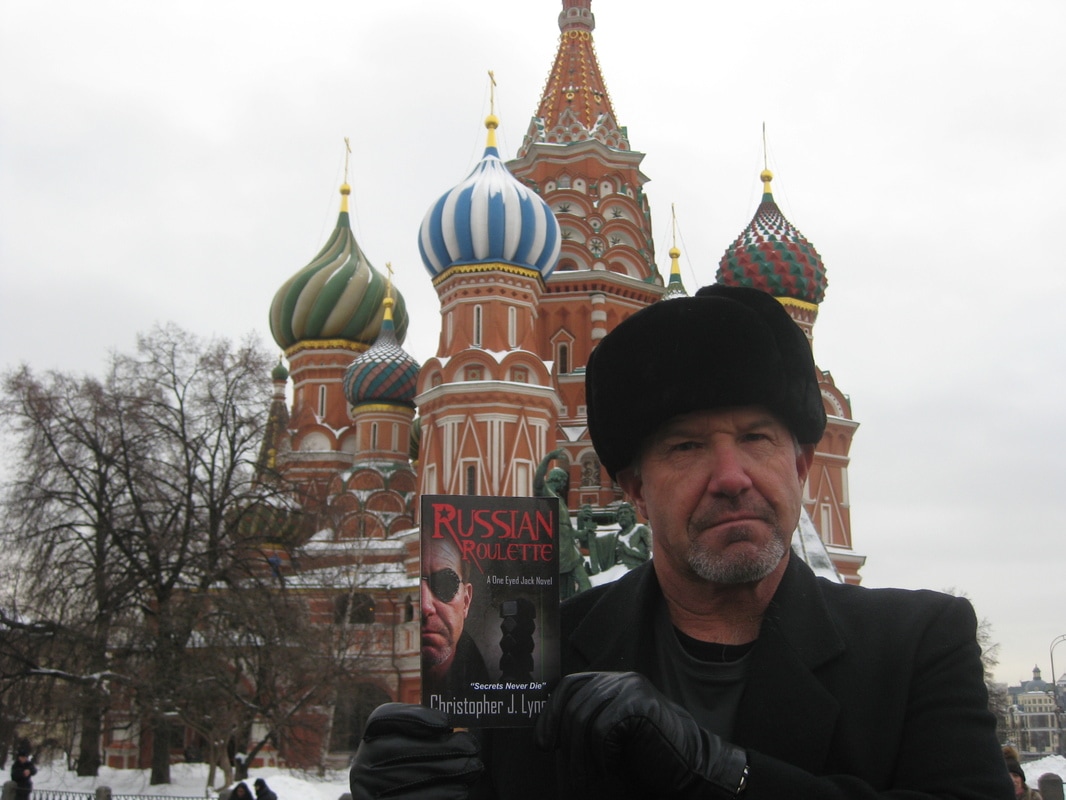
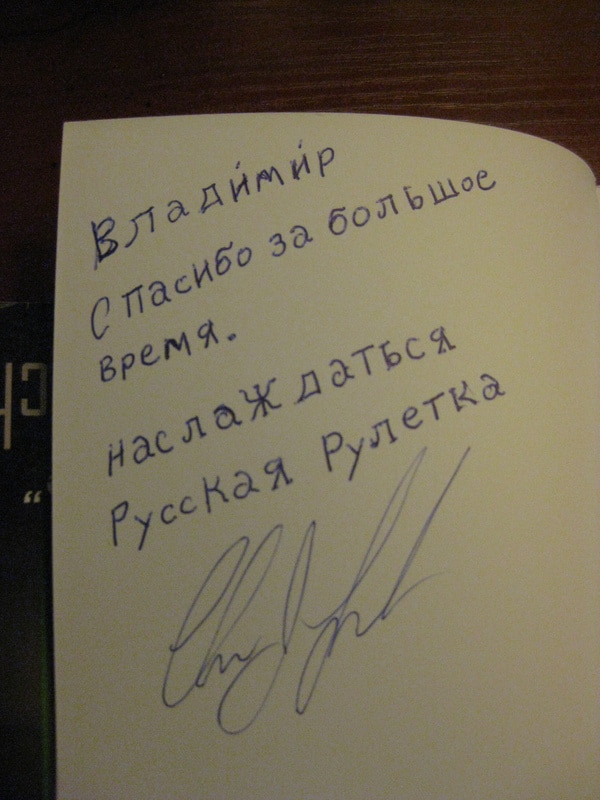
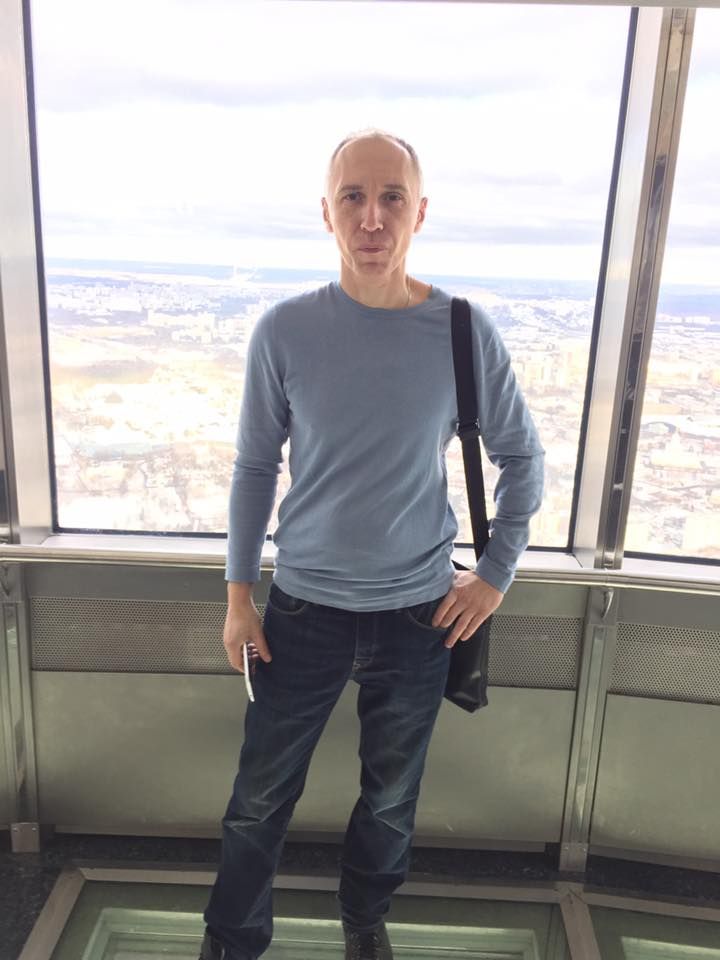

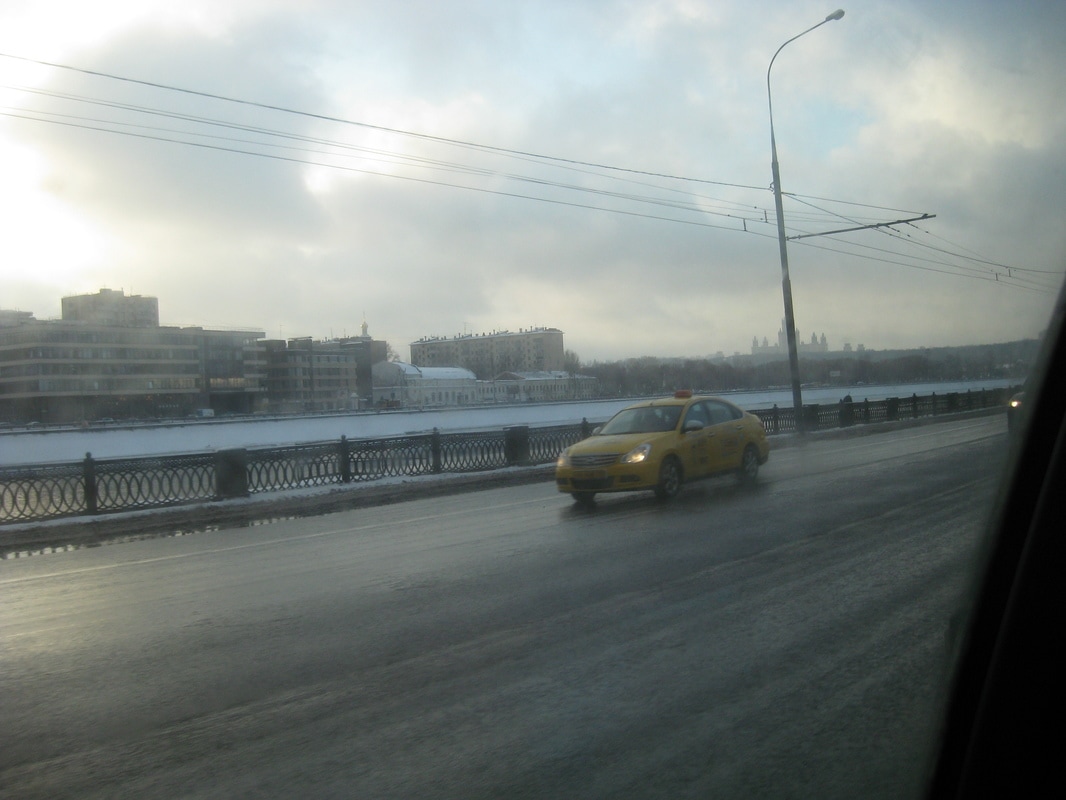


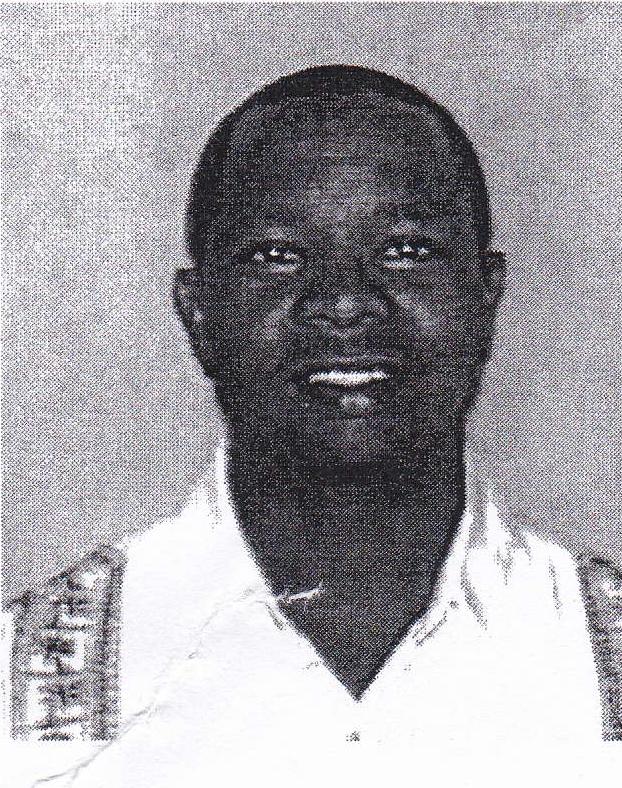
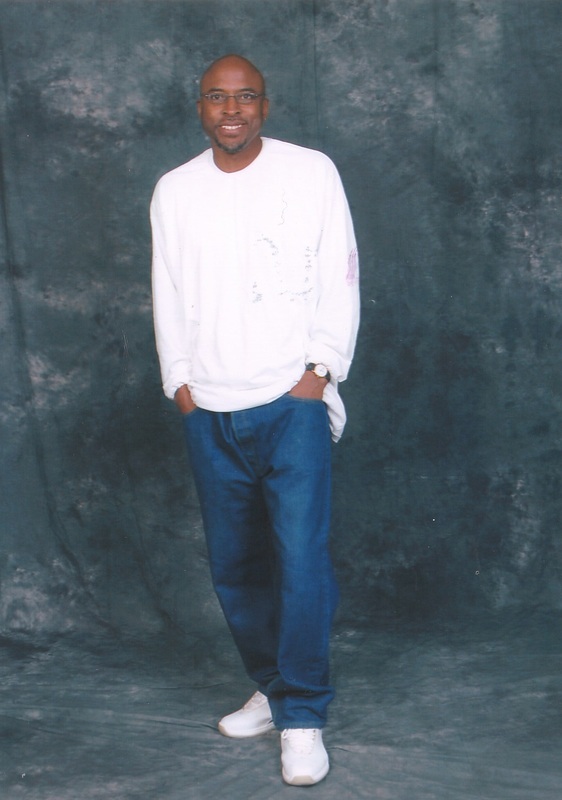
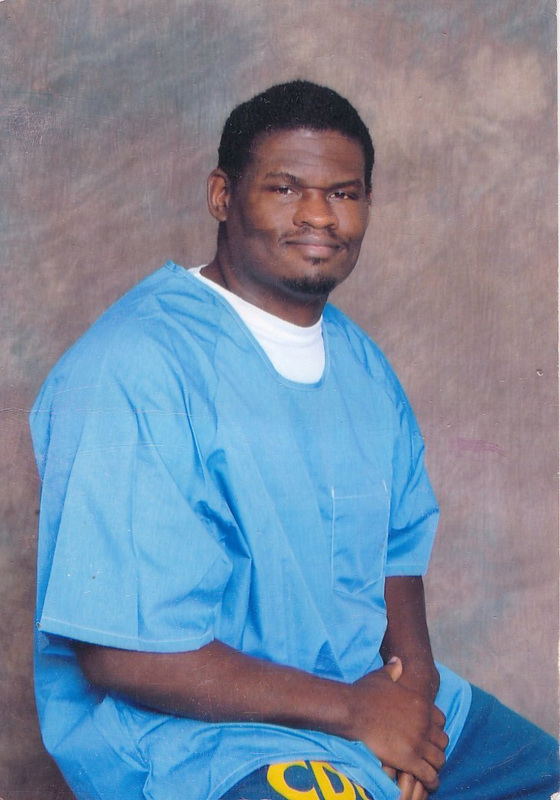

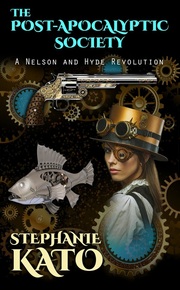
 RSS Feed
RSS Feed
